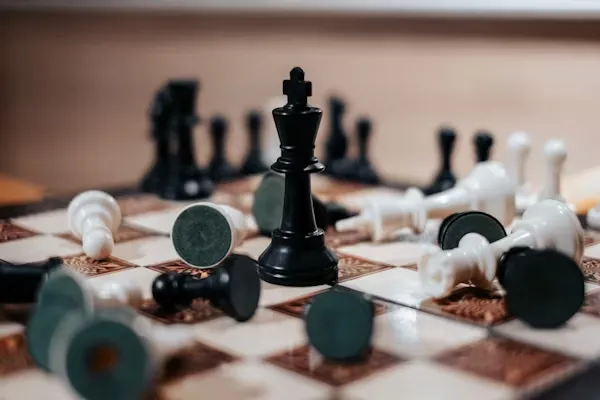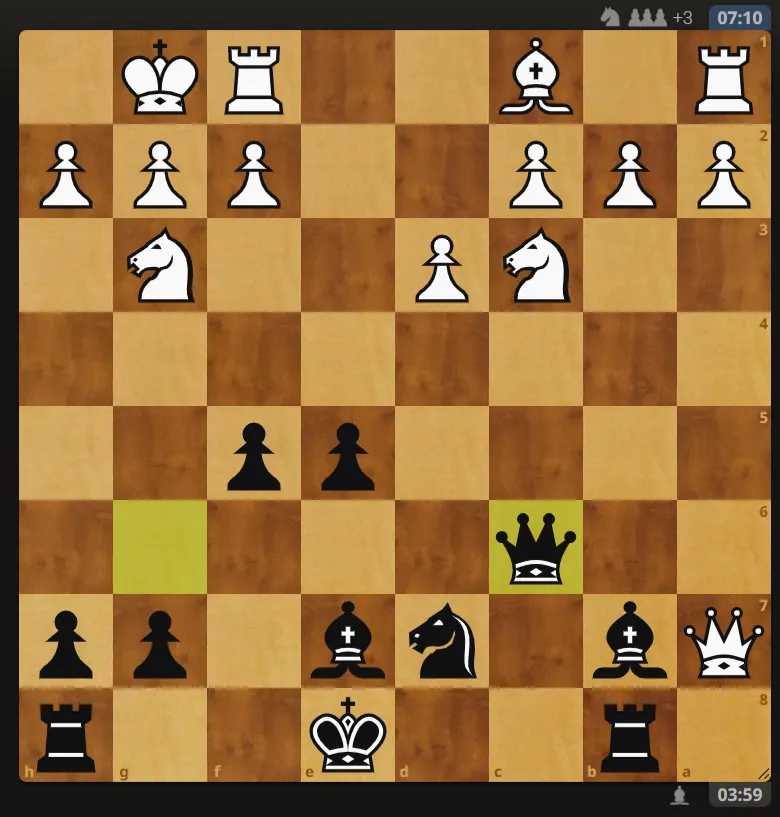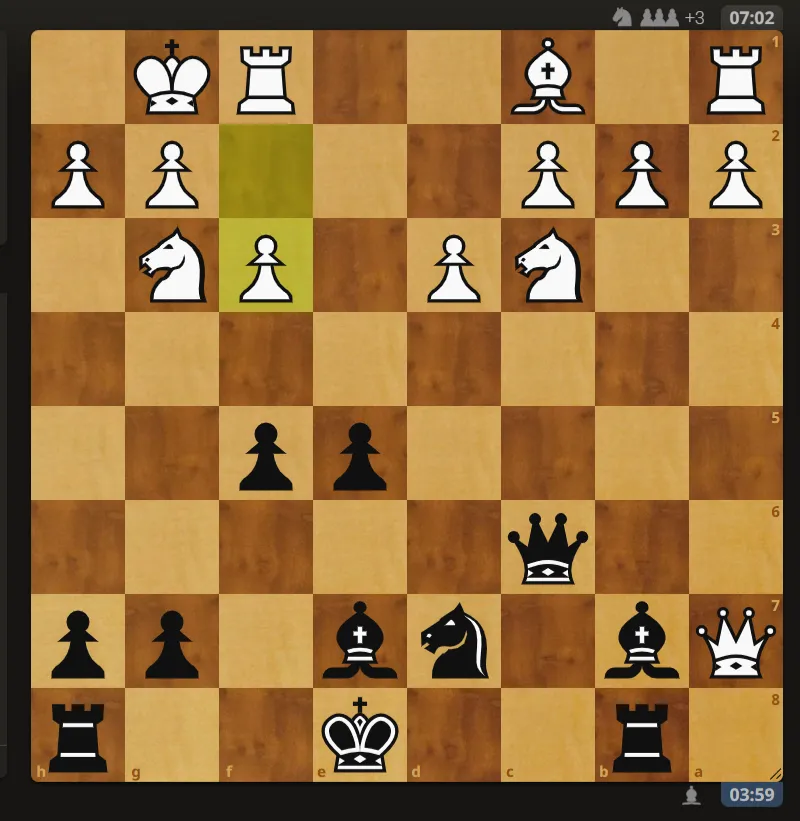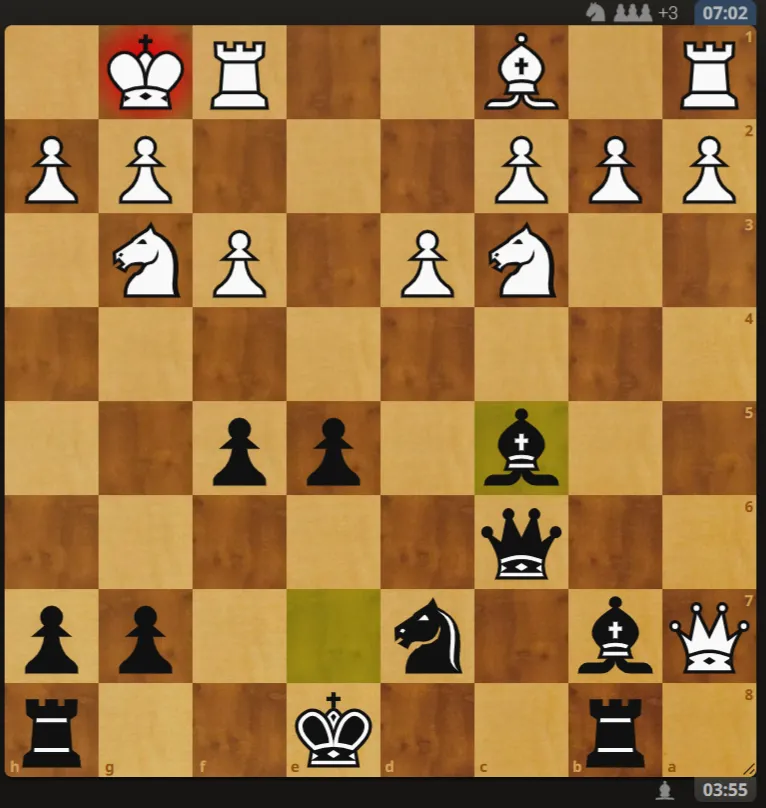Hi there, Chess learner looking to improve their chess through this series. I welcome you to the fourth lesson in the series. The last lesson was about knowing what to play in the middlegame, and I shared some knowledge on simple plans you should have at the back of your mind when your pieces are developed. You can click here to check it out if you missed it. In this lesson, we will be talking about combinations in chess. I am sure that at some point, you should have heard something like chess requires calculations, adding one and two together to achieve something, or combining pieces for a unified threat. Well, all these things simply talk about the combination in chess. Combination, as the word suggests, means to add or join, or combine separate parts. And in chess, it is no different; a combination in chess is using two or more pieces to achieve a unified attack against your opponent's kingdom. When it comes to chess combinations, your pieces have to be aimed at a specific square or the opponent's king. It could be a combo of pieces, maybe a knight and a bishop, a queen and rook, two rooks, or any other form of combo involving two of your pieces having control of a particular square. In this rapid game, the current position spans from an Italian Game: Two Knight variation, where I brought out my knights as a form of defense and chance for counterplay, which I later got. Do not dwell on the opening phase too much; rather, focus on the current position, the position has a mating combination against white's king by black's queen and bishop lined up on the h1 to a8 diagonal. The mate threat is so strong that it leads to white dropping a powerful piece. Take a couple of seconds and try to see if you can guess the move white played next. If you guessed f3, then you are right. f3 is what my opponent played next, which was a bad option compared to the less bad option of Nce4, as their queen will be going down next. I must mention that from the initial position where my queen and bishop were lined up against the white king, the position was already bad for white. That is the power of combination. With the right combination, multiple threats can occur. Now, we need the winning move. Once again, take your time to check if you can spot the winning move for black, Bc5+ is the move that wins the black queen, which led to my victory. That is how powerful combinations can be, you just have to keep an open eye out for it and take advantage of it. Here is a link to the game if you wish to check it out: That is a wrap for the lesson, and see you in the next one I am @samostically,I love to talk and write about chess because i benefited alot from playing chess and I love writing about chess. ♟♟♟♟♟♟♟♟♟

Let's look at an example

and the move white played is f3

Yes, that is it

https://lichess.org/DfxEMnxj/black


